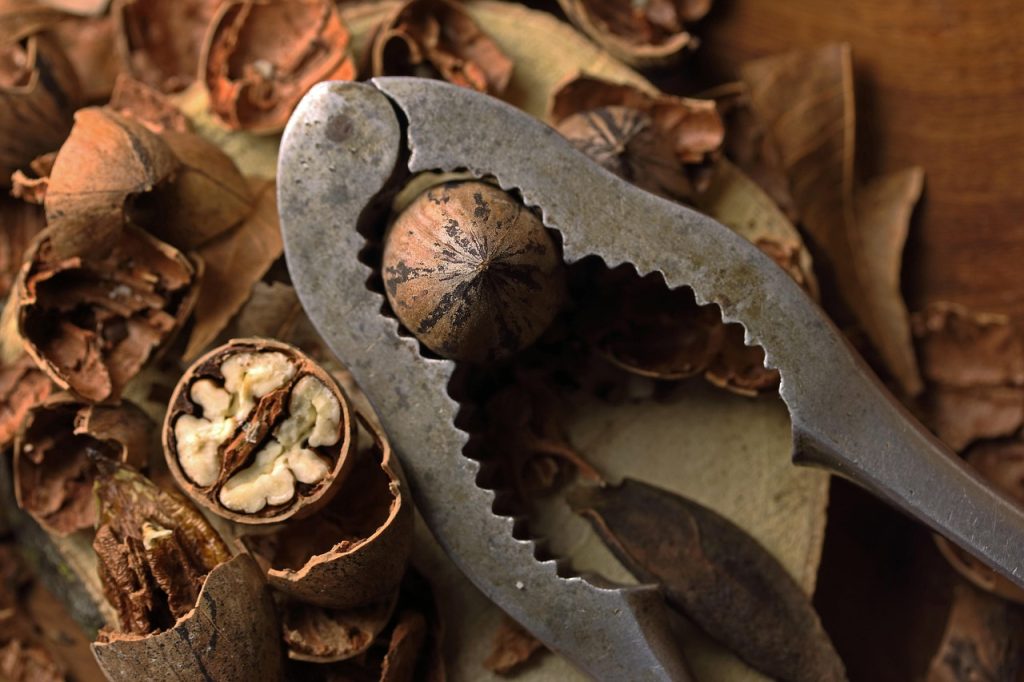In the world of comfort food and Americana, Cracker Barrel stands as a beacon of tradition and hospitality. Recently, however, it found itself at the center of a storm, not for its biscuits or gravy, but due to a seemingly innocuous logo change as reported by Nation’s Restaurant News. The rebranding effort aimed to refresh the restaurant’s image but instead sparked an unexpected backlash. This episode serves as a reminder of how deeply rooted brands are in the hearts of their patrons, where even minor tweaks can feel jarring.
As Cracker Barrel’s loyal customers expressed their disapproval, sales began to falter, revealing the delicate balance between innovation and tradition. The company ultimately decided to revert to its beloved old logo, demonstrating the power of consumer sentiment. It’s a poignant lesson that in the food industry, the emotional connection often overshadows the allure of novelty. The logo debacle disrupted the company’s turnaround efforts, a testament to the unpredictable nature of brand loyalty.
This situation underscores the importance of understanding your audience, especially in the culinary world, where nostalgia plays a significant role. Cracker Barrel’s experience highlights the need for businesses to tread cautiously when altering elements that carry sentimental value. The incident also opens a broader dialogue on how companies can modernize while respecting their heritage. It raises the question: How can brands innovate without alienating their most ardent supporters?
In a world where change is constant, Cracker Barrel’s story is a reminder of the enduring power of tradition. It illustrates that while innovation is vital, the essence of a brand is its connection with people. As we ponder this scenario, one must ask: How might companies strike a harmonious balance between the old and the new, ensuring they remain relevant while honoring their legacy? This tale of logos and loyalty invites us to reflect on the intricate dance between change and continuity in the ever-evolving food landscape.


